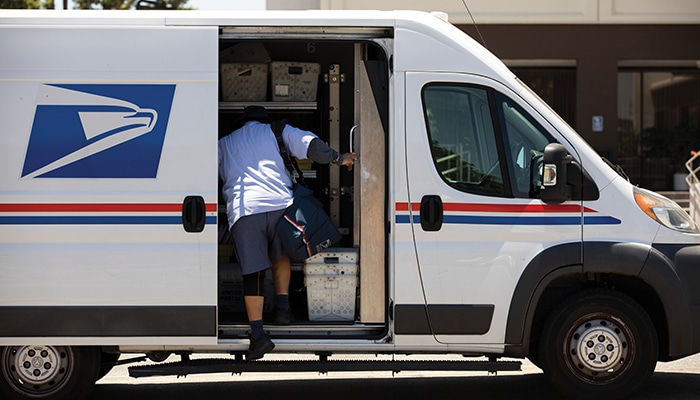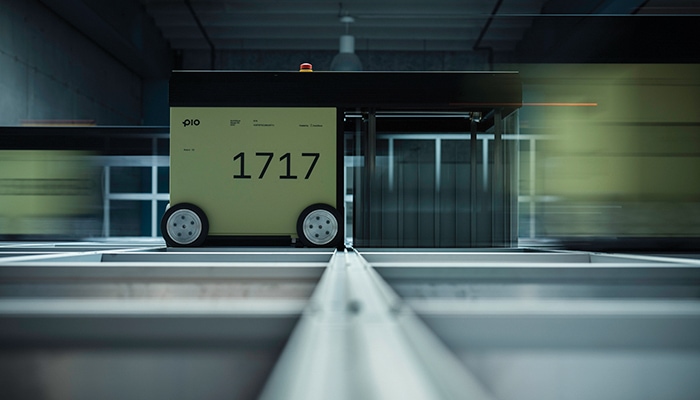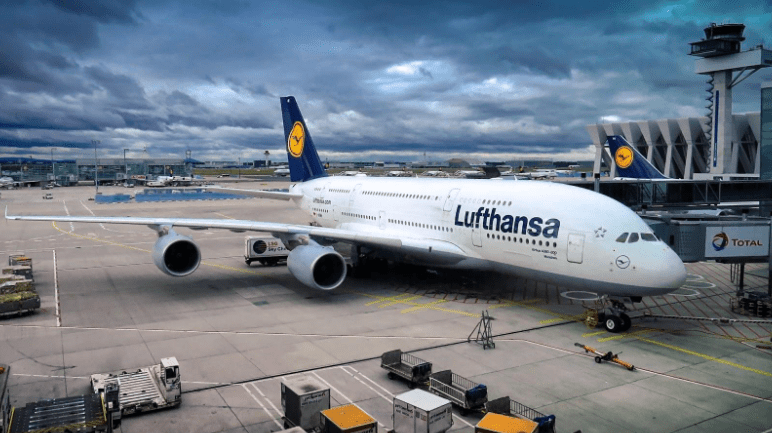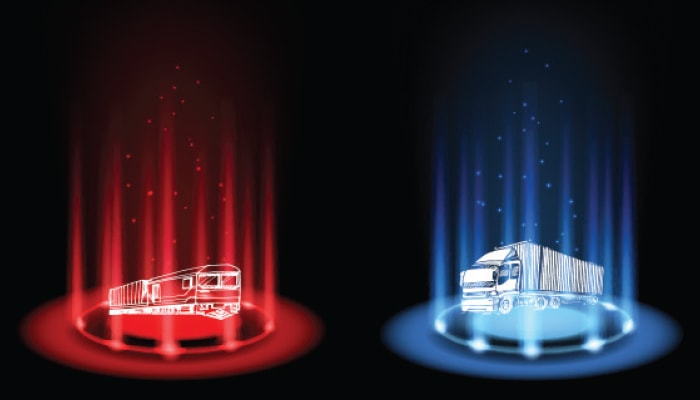Articles
Transportation

Net Weight vs Gross Weight: Differences and Calculations
International shipments need the net, gross, and tare weights to ensure vessels are not overloaded. In addition, the quotes, paperwork, and bill of lading indicate which weights determine the shipment costs for the given freight company. Understanding the differences between the types of weights is critical to interpreting the paperwork. Container weight is one of […]
Read More
Shippers, It’s Time to Seize the Moment and Take Control of Your Rates
The transportation and logistics industry ecosystem continues to adapt and innovate as conditions shift. In the past couple years, shippers have had to contend with increased direct rates and exposure to the spot market, as well as supply chain disruption caused by macroeconomic conditions such as the Covid-19 pandemic. Now, there’s finally a window of […]
Read More
Look Ma, No Hands
As autonomous driving gains some traction, transportation companies are building partnerships to bring self-driving trucks from concept to reality. To that end, Ascend, a truckload carrier that offers middle-mile supply chain solutions, partnered with Volvo Autonomous Solutions (VAS) to test autonomous, long distance linehaul options. As part of the pilot, Ascend will pick up customer […]
Read More
Snail Mail Goes Green
The United States Postal Service (USPS) is ready to deliver your mail greener and quieter. As it begins to replace its aging fleet of more than 220,000 vehicles, USPS expects to acquire at least 66,000 battery electric delivery vehicles as part of its 106,000 vehicle acquisition plan between now and 2028. As part of a […]
Read More
IN BRIEF: New Services and Solutions
Technology Pio (Product In/Out), a plug-and-play version of AutoStore’s cube storage technology tailored for small and medium-sized businesses (SMBs), is now available in North America. Based on a pay-per-pick service model, Pio allows SMBs, such as retailers of apparel, sporting goods, crafts, and cosmetics, to deploy robotic automation for storage and distribution for a relatively […]
Read More
9 Types of Air Cargo: A Guide To Transporting Goods by Plane
The ability to transport goods quickly, securely, and cost-effectively is crucial for many businesses. Air cargo offers a fast, reliable way of moving products around the world. It represents 35% of global trade by value to the tune of $6.8 trillion annually. This guide provides a comprehensive overview of the different types of air cargo, […]
Read More
Five Factors to Consider: Intermodal or Truck
2022’s capacity crunch is in the rearview mirror, but it’s never too early to plan for the next upcycle. Here’s how to choose your optimal ground transportation mode.
Read More
Core Carriers or Load Boards? Striking the Right Balance
In today’s freight climate, finding capacity via core carriers or load boards are both solid options. Here’s how to weigh the advantages of using core carriers against the necessity of turning to load boards and the spot market.
Read More
Transportation Strategies to Offset Inflation
Business professionals have had a tough time navigating fluctuating logistics costs over the past two years. But hold on! There are ways to keep your balance while negotiating price increases.
Read More
Carrier Success Stories
The road to a successful partnership with your transportation provider can be long. But with the right mix of dedicated service, innovative strategies, advanced technology, and old-fashioned work ethic, carriers go above and beyond to meet shippers’ unique needs. Here’s how they get the job done.
Read More